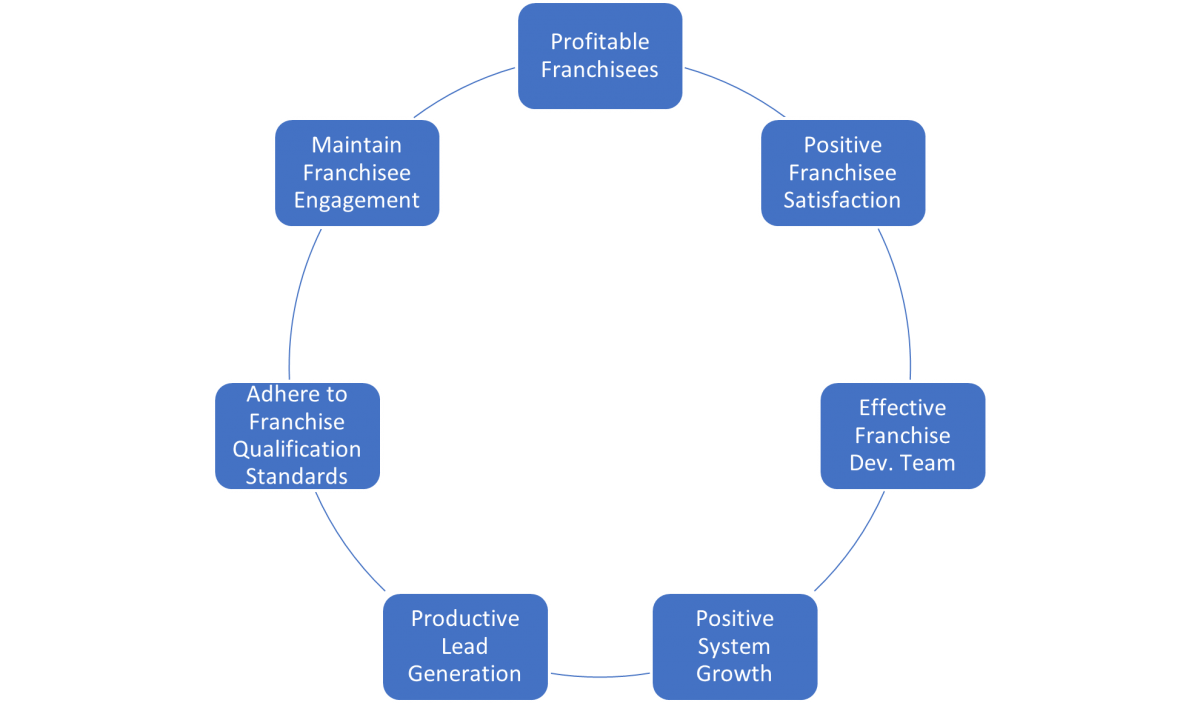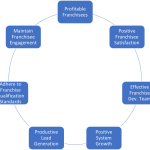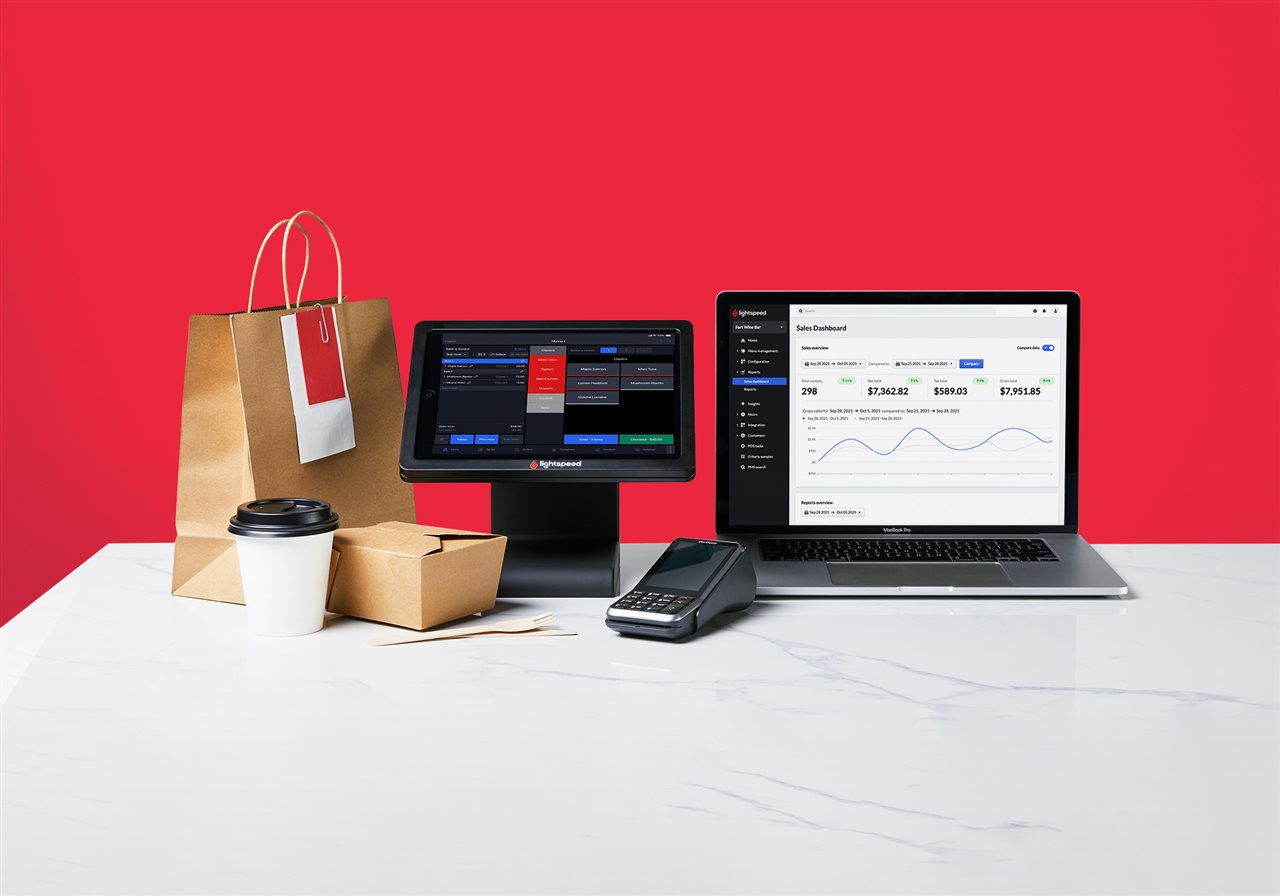Key components include product knowledge, empathy, responsiveness, and personalization. With customers’ access to a wealth of online product information, retail associates must be equipped to provide expert guidance. Empathy allows representatives to effectively understand and address customer pain points, while responsiveness underscores the need for timely solutions.
The Importance of Exceptional Customer Service
Excellent service cannot be overstated in the retail sector. As an integral component of business operations, it is a competitive differentiator and a key influencer of customer loyalty. Whether selling your product or service online, in-store, or in person, the way a customer feels before, during, and after the sale can make or break future transactions with that individual. Remember there is no endless pool of customers, so keeping them coming back is one key to success.
Customer Experience
In an age of increasingly digital interactions, the retail industry is at a pivotal point where ‘customer service’ is evolving into ‘customer experience’ (CX). This transition underscores the significance of every touchpoint, from the initial web search to the post-purchase follow-up. The impact of customer service on customer satisfaction and retention is so powerful that according to a survey by PwC, as much as 73% of consumers point to customer experience as a crucial factor in their purchasing decisions.
A positive customer service experience in retail can act as a catalyst for repeat business. This is backed by the concept of ‘customer lifetime value’ (CLV), which encapsulates the total value a customer brings to a business over the entirety of their relationship. An unsatisfied customer is unlikely to return, whereas a satisfied customer may produce and refer others, further amplifying the CLV.
What makes excellent customer service in retail?
Key components include product knowledge, empathy, responsiveness, and personalization. With customers’ access to a wealth of online product information, retail associates must be equipped to provide expert guidance. Empathy allows representatives to effectively understand and address customer pain points, while responsiveness underscores the need for timely solutions. Personalization, powered by artificial intelligence and machine learning, can drive targeted product recommendations, enhancing the customer’s shopping experience and increasing the likelihood of purchase.
Word of Mouth is now Word of Web
One must recognize the impact of social media on customer service. Online platforms have given customers a voice, empowering them to share their experiences—positive or negative—with a broader audience. The new term ‘social customer service’ epitomizes this shift. Consequently, retail businesses must maintain a robust online presence, not just for marketing purposes but also for reputation management.
Moreover, the COVID-19 pandemic has revolutionized retail customer service, with ‘contactless shopping,’ ‘curbside pickup,’ and ‘virtual consultations’ becoming ubiquitous terms. These changes have necessitated an omnichannel approach, blurring the lines between online and offline retail. Now, more than ever, businesses must ensure that customer service is consistent and efficient across all channels.
To summarize, retail businesses thrive on a customer-centric approach. Even the most impressive product line-up may fail to yield long-term success without superior customer service. Embracing digital transformation, investing in staff training, and regularly seeking customer feedback is crucial to achieving this goal. Steve Jobs once said, “Get closer than ever to your customers. So close that you tell them what they need well before they realize it themselves.”
===============================================
Article produced with the support of AI











